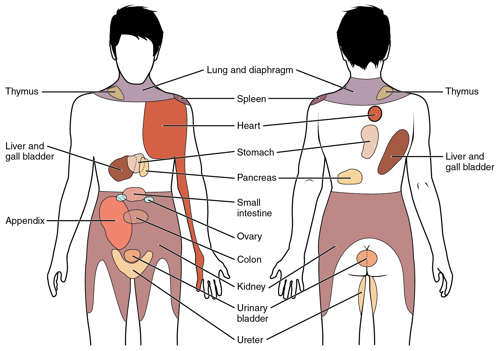There is a general consensus that the most important predictor of determining outcome post an episode of LBP is the patient’s psychosocial status. Linton (2000) concluded that psychological factors are strongly associated with the transition from acute to persistent pain and disability, and that psychosocial factors generally have a greater impact on disability than biomedical and biomechanical factors. The following psychological dispositions are consistent predictors of poor outcomes (Waddell, 1996):
- A belief that back pain is harmful or potentially severely disabling
- Fear avoidance behaviour (avoiding a movement or activity due to a misplaced anticipation of pain) and reduced activity levels
- Tendency to low mood and withdrawal from social interaction
- Expectation of passive treatment(s) rather than a belief that active participation will help
It is therefore essential to screen for and document evidence of psychosocial barriers to recovery (yellow flags). These provide indicators on the risk of chronicity developing. An assessment of the psychosocial status of the patient should be made with regard to the following (Kendall et al., 2004):
A = Attitudes and beliefs about pain
B = Health behaviours
C = Compensation issues
D = Diagnoses and treatment issues
E = Emotions
F = Family
W = Work related issues (see blue and black flags)
If appropriate, screen for Blue flags. Blue flags are individually perceived occupational factors that impede recovery and return to work (RTW). Examples include low job satisfaction or inadequate support from supervisor.
Identify black flags. Black flags are actual (organisational) barriers to RTW. These relate to social security and healthcare systems. Examples may include adverse sickness policies or benefit systems.
A person is at risk of developing disability if there is a cluster of a few salient yellow flags or a group of less important factors that combine cumulatively.


